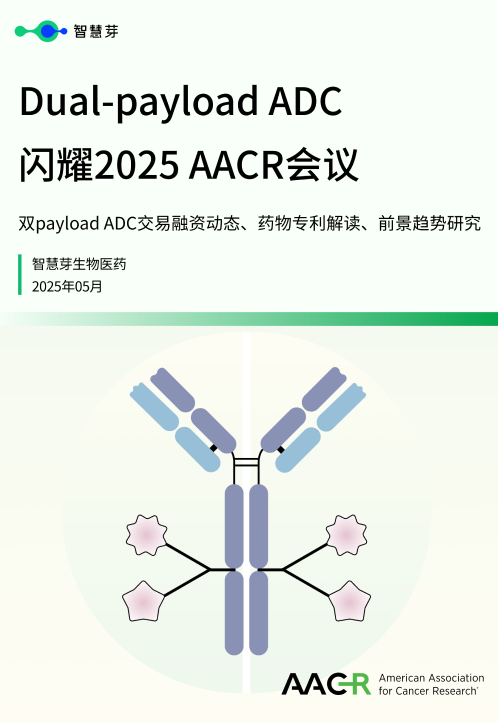预约演示
The world is one step closer to secure quantum communication on a global scale
2024-03-25
Researchers have brought together two Nobel prize-winning research concepts to advance the field of quantum communication. Scientists can now efficiently produce nearly perfect entangled photon pairs from quantum dot sources.
Researchers at the University of Waterloo's Institute for Quantum Computing (IQC) have brought together two Nobel prize-winning research concepts to advance the field of quantum communication.
Scientists can now efficiently produce nearly perfect entangled photon pairs from quantum dot sources.
Entangled photons are particles of light that remain connected, even across large distances, and the 2022 Nobel Prize in Physics recognized experiments on this topic. Combining entanglement with quantum dots, a technology recognized with the Nobel Prize in Chemistry in 2023, the IQC research team aimed to optimize the process for creating entangled photons, which have a wide variety of applications, including secure communications.
"The combination of a high degree of entanglement and high efficiency is needed for exciting applications such as quantum key distribution or quantum repeaters, which are envisioned to extend the distance of secure quantum communication to a global scale or link remote quantum computers," said Dr. Michael Reimer, professor at IQC and Waterloo's Department of Electrical and Computer Engineering. "Previous experiments only measured either near-perfect entanglement or high efficiency, but we're the first to achieve both requirements with a quantum dot."
By embedding semiconductor quantum dots into a nanowire, the researchers created a source that creates near-perfect entangled photons 65 times more efficiently than previous work. This new source, developed in collaboration with the National Research Council of Canada in Ottawa, can be excited with lasers to generate entangled pairs on command. The researchers then used high-resolution single photon detectors provided by Single Quantum in The Netherlands to boost the degree of entanglement.
"Historically, quantum dot systems were plagued with a problem called fine structure splitting, which causes an entangled state to oscillate over time. This meant that measurements taken with a slow detection system would prevent the entanglement from being measured," said Matteo Pennacchietti, a PhD student at IQC and Waterloo's Department of Electrical and Computer Engineering. "We overcame this by combining our quantum dots with a very fast and precise detection system. We can basically take a timestamp of what the entangled state looks like at each point during the oscillations, and that's where we have the perfect entanglement."
To showcase future communications applications, Reimer and Pennacchietti worked with Dr. Norbert Lütkenhaus and Dr. Thomas Jennewein, both IQC faculty members and professors in Waterloo's Department of Physics and Astronomy, and their teams. Using their new quantum dot entanglement source, the researchers simulated a secure communications method known as quantum key distribution, proving that the quantum dot source holds significant promise in the future of secure quantum communications.
更多内容,请访问原始网站
文中所述内容并不反映新药情报库及其所属公司任何意见及观点,如有版权侵扰或错误之处,请及时联系我们,我们会在24小时内配合处理。
适应症
-靶点
-药物
-Eureka LS:
全新生物医药AI Agent 覆盖科研全链路,让突破性发现快人一步
立即开始免费试用!
智慧芽新药情报库是智慧芽专为生命科学人士构建的基于AI的创新药情报平台,助您全方位提升您的研发与决策效率。
立即开始数据试用!
智慧芽新药库数据也通过智慧芽数据服务平台,以API或者数据包形式对外开放,助您更加充分利用智慧芽新药情报信息。





